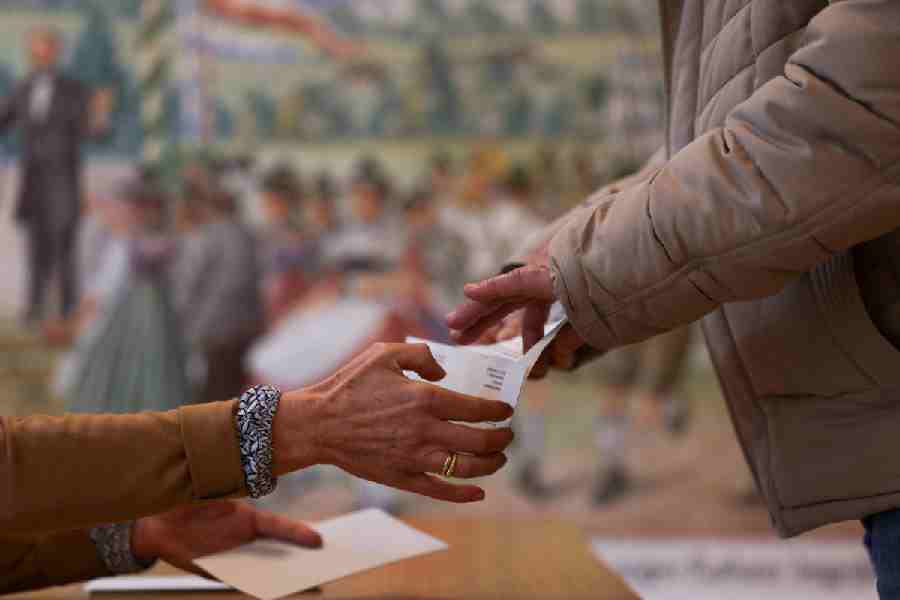We must commend the efforts of Nehru Children?s Museum to revive children?s theatre. Their productions Mananiya Satya and Ekla Pagal, written and directed by Ramaprasad Banik, are doing well at the box office. Both feature simple conflicts in which good triumphs: an always truthful boy defeats a village headman?s witchhunt to grab land; an idealistic teacher and her students fight for the right to use and study Bengali in school. The numerous youngsters infect with their enthusiastic performances and Banik choreographs them professionally, but they should advise him that lopping off so many tree branches for sets desecrates greenery. Also, his language in Ekla Pagal sometimes sounds crude and uncomfortably parochial. However, Mananiya Satya improves markedly.
Ananda Lal
Ranan, a dance company, presented two local artistes at Gyan Manch on September 28. It began with a Hindustani vocal recital by Malini Nath Sarkar striking a melodious note. Vikram Iyengar made his appearance with two pieces in abhinaya, krishna saundaryavarnam and krishna chakradharan. Set in Desh raga the first one described the sublime charisma of the Lord. Vikram used advuta rasa to portray the character. The second number showcased Krishna as the warrior followed by excerpts from nritta (pure dance) set in slow and medium pace of 15 beats. Vikram?s performance contained natural grace with an inherent sense of rhythm. This seemed to have been perfected by vigorous training that gave his dance the beauty of balance.
Sulagna Mukhopadhyay
Swagata Bose, who recently showed his paintings at the Academy of Fine Arts, is basically an interpreter of particular warm and cool colours he uses in his abstract configurations. ?In sunlight,? he observes, ?the world takes on a passionate hue of warm colours ? red, orange, yellow...? and ?as night envelops the contours of the world, everything cools down to shades of blue and black?.The observation seems almost self-evident, except that the young artist (see his The Other Side of Green and Sunrise and Sunset) has successfully enacted the ?drama of light and colour? using geographical (cubic) forms of varying proportions occupying the infinite space around. The percipient painter thus straddles the world of Tagorean beauty where he sees in darkness the unrevealed side of light.
Samir Dasgupta










